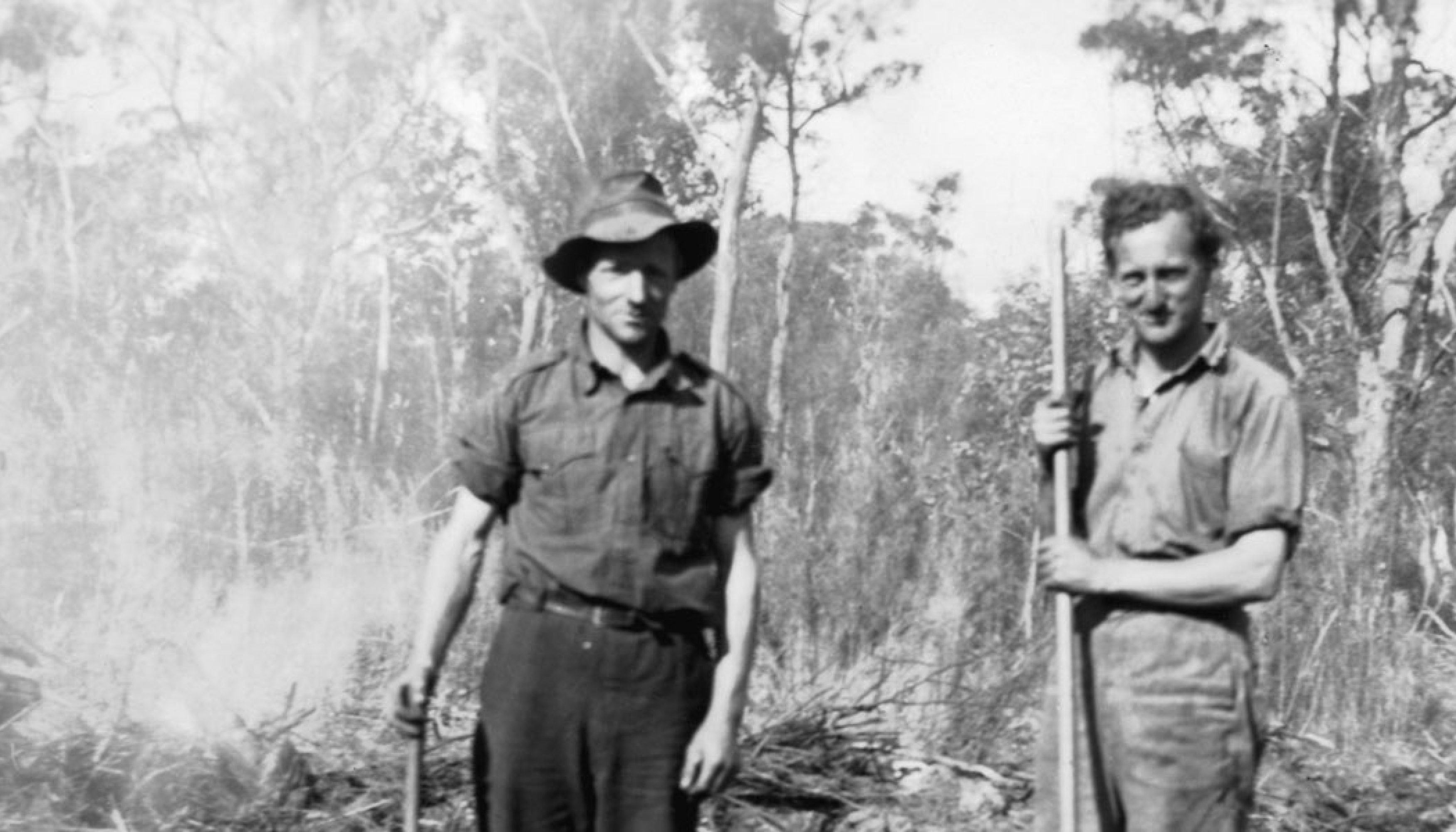
Our story
It all started in 1955, when the first aluminium smelter in the southern hemisphere began operation at Bell Bay, setting the standard of innovation.
The first aluminium smelter began operation at Bell Bay in September 1955 setting the standard for innovation. The smelter was built to overcome Australia’s dependence on imported aluminium. The Bell Bay site was chosen because of its proximity to a deep-water port and Tasmania’s clean, hydroelectric generating capacity. In the first year of operation, we produced just 1,200 tonnes of aluminium.
After decades of collaboration, innovation and investment, there is a strong sense of history, family and pride at Bell Bay Aluminium. Generations work alongside each other at our site, and we are proud to be part of the community.

1944
April - The Australian Aluminium Production Commission (AAPC) is created by the Australian Aluminium Industry Act, which specifies that Tasmania would be the site of Australia's (and the Southern Hemisphere's) first aluminium smelter and alumina refinery.

1949
March 24 - The AAPC confirm Bell Bay will be the site for the new operation.

1950
A. J. Keast is appointed as the inaugural General Manager of the AAPC, to serve for five years or until the plant was in production, whichever was sooner.

1954
December 17 - The first shipment of bauxite from Malaya arrives at Bell Bay on the Eiroku Maru.

1955
February 7 - Alumina refinery starts production.
September 23 - Federal Minister for Supply, Howard Beale, pours the first ingot of primary aluminium. There are 27 pots in service, producing 2,516 tonnes of aluminium.
October 14 - John Debenham is appointed as Acting General Manager until A. L. Ellis is appointed as General Manager.

1956
June - The number of pots in service reaches 105. Annual production is 9,784 tonnes. Power supplied to the smelter is approximately 50 megawatts.
August - Wire bar casting machine begins operation, for producing bars of high purity aluminium.

1958
June - Plant production capability outstrips design capacity.

1959
September - The AAPC is authorised to expand capacity from 12,000 to 16,000 tonnes. The estimated cost of £3 million is to be funded by Tasmanian Government.

1960
December 13 - Federal parliament passes an enabling act, essentially finalising the sale of the Bell Bay operation to Comalco (a partnership between the Commonwealth Aluminium Corporation Pty Ltd and the British Aluminium Company Ltd) at a price of nearly £11 million. The purchase signals the start of a three-year expansion program.

1961
The first shipment of Bauxite from Weipa arrives at Bell Bay.

1963
Potline 2 is opened. Power supplied to the smelter increases to approximately 130 megawatts.

1964
Potline 1 is converted from Soderberg to pre-bake. Capacity expands to 54,000 tonnes a year.

1967
Capacity reaches 73,000 tonnes a year.

1968
Jack Lees is appointed as the new General Manager.
Potline 3 is opened, with start-up delayed due to a shortage of electricity at this time and Tasmania undergoing drought conditions. Potline 3 started later in the year, with power to the smelter increased to approximately 220 megawatts.
Comalco commissions Comalco Aluminium Powder Co, an aluminium powder and paste plant at Bell Bay.

1971
Capacity reaches 93,000 tonnes. Potlines 2 and 3 are given basic automation control using an IBM 1800 mainframe the size of six large refrigerators.

1973
Three week industrial action on site.

1974
Alumina production at Bell Bay ceases.
Vertical direct casting (VDC) pit 4 and furnace 12 are commissioned.
Peter Macleod is appointed as the new General Manager.

1976
T. G. Fairless is appointed as the new General Manager.

1977
Potline 4 (first half) opens and hot metal production reaches 101,234 tonnes.

1978
Furnace 14 commissioned.

1979
Jim Stewart is appointed as the new General Manager.

1981
Second half of potline 4 commences. Capacity reaches 124,000 tonnes.
IBM 1800 mainframe is replaced by a Siemens MC210 micro computer system.
Power supplied to the smelter is approximately 240 megawatts.
Potline 1 is permanently closed.

1983
22kg ingot robot stacking commences.

1986
Bruce Farmer is appointed as the new General Manager.

1988
Comalco begins construction of the Southern Aluminium wheel plant at Bell Bay.

1989
World class Carbon Bake Furnace is commissioned.
Oscar Groeneveld is appointed as the new General Manager.
Comalco owned, Southern Aluminium wheel plant opens.

1991
Employee health and fitness centre and change house opens.
1992
First computerised metal control system replaces paper based system.
VDC1 is de-commissioned.

1993
Capacity is reduced to 94,000 tonnes due to economic conditions.
Tony Filmer is appointed as the new General Manager.
1994
Siemens pot micro computers are placed by a new three-tier control system and a new Heat and Mass balance control system.
VDC3 is de-commissioned.
Automatic casting at VFC4 commences.
The smelter workforce is de-unionised.
Closed half of potline 2 and 3 due to downturn in market.

1996
Restart of potline 2 and 3 commences.
Wetlands are established on site.

1997
David Sadler is appointed as the new General Manager.
Power contract is signed with Tasmanian Government leading to 2014.
Comalco sells its powder and paste assets and closes the Southern Aluminium wheel plant at Bell Bay.

1998
Duncan Hedditch is appointed as the new General Manager.
Ecka Granules acquires the powder and paste asset Comalco Aluminium Powder Co at Bell Bay.
Variable size ingot (VSI) caster commissioned so smelter can cast 8kg or 12kg ingot. 15kg ingot machine de-commissioned.
All manual stacking in metal products ceases.

1999
Booster Cells Group begins production, results in a six year lead time compared to the normal amps.
All computer systems upgraded to Y2000 compliant.

2000
Rio Tinto buys Comalco.

2002
Xiaoling Liu is appointed as the new General Manager.

2004
The site converts to natural gas.

2005
Niels Kristensen is appointed as the new General Manager.
The smelter celebrates 50 years since the pouring of the first ingot.

2006
Rio Tinto renames Comalco, Rio Tinto Aluminium.
Potline 4 is extended at the west end by 10 cells.

2007
Chlorine is no longer used in metal products for metal treatment.
Rio Tinto acquires Alcan. Alcan is integrated with Rio Tinto's existing aluminium business, resulting in Rio Tinto Alcan.

2008
John Lemberg is appointed as the new General Manager.
Hand-free casting commences at VDC4 (no manual intervention).

2010
Beyond 60 Campaign is launched to develop and sustain community pride in the smelter.
A new power supply agreement is signed with Hyrdo Tasmania for 2015 to 2025.

2011
Ray Mostogl is appointed as the new General Manager.
A new record of 180,979 hot metal tonnes is achieved.
The smelter is integrated into Rio Tinto's new business unit, Pacific Aluminium.
For the first time, the smelter does not record any new cases of occupational disease.

2012
Smelter renegotiates and signs new commercial power supply agreement with Hydro Tasmania to 2025.
The smelter rebrands as Bell Bay Aluminium.

2014
Bell Bay Aluminium strikes a landmark workplace agreement with the Australian Workers Union.

2015
Bell Bay Aluminium signs new commercial agreement with Hydro Tasmania for an additional 33 megawatts, increasing power supplied to the smelter to 355 megawatts.
The smelter celebrates 60 years of aluminium smelting in Tasmania.
There are 558 pots in service, producing 190,000 tonnes of aluminium.
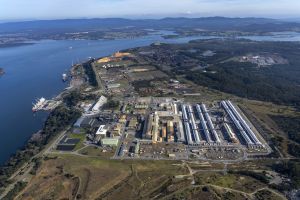
2016
Bell Bay Aluminium agrees to reduce power consumption by 10% (between 30 to 40 megawatts) following an extended outage of the Basslink cable and the lowest spring rainfall on record.
The Bell Bay Advanced Manufacturing Precinct Subcommittee is established.
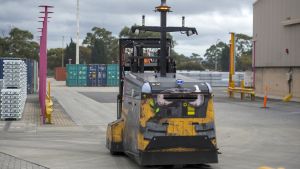
2017
The smelter’s first autonomously guided vehicles go live in the cast house.
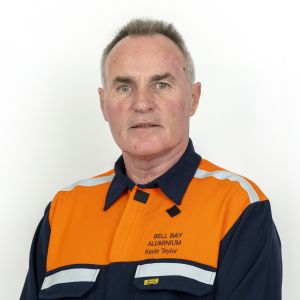
2018
Kevin Taylor is appointed as the new General Manager.
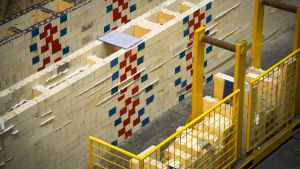
2019
Next generation bake technology is introduced to Carbon Bake Furnace (+4400 anodes per year).
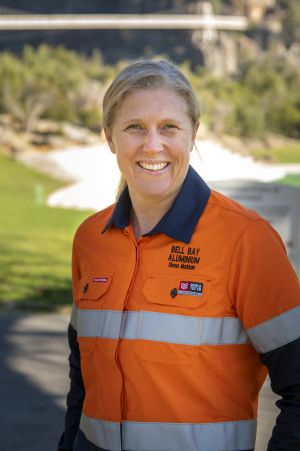
2020
The smelter records its best ever safety result.
New transmission line work undertaken in partnership with TasNetworks.
Bell Bay Aluminium partners with George Town Council to provide Business Resilience, Recovery and Stimulus Grants in response to COVID-19 impacts.
Shona Markham is appointed as the new General Manager.
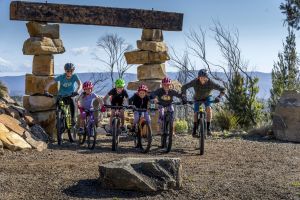
2021
George Town Municipal Bike Trail opened as a partnership between George Town Council, Australian Government and Bell Bay Aluminium.
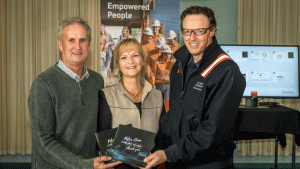
2022
Peter Zoon becomes the first employee to achieves 50 years of service at Bell Bay Aluminium.
Bell Bay Aluminium is the first smelter in Pacific Operations to introduce a new automated process monitoring tool, ‘Vigie’ to monitor potlines.
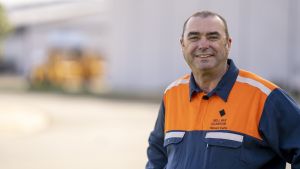
2023
Richard Curtis is appointed as the new General Manager.
Bell Bay Aluminium achieved an aluminium production milestone of 8 million tonnes.
The future
We are proud of what we have achieved over our long history, and we are committed to building a strong and sustainable future.
Aluminium is continually used in global innovations and everyday life. With population growth and urbanisation underpinning increasing demand for our products, we have a huge contribution to make towards a sustainable future. We are dedicated to finding ways to decarbonise our processes and to put climate change mitigation at the heart of our strategy.
Investing in our community is a continual priority for Bell Bay Aluminium. We have been part of the northern Tasmanian landscape since 1955, with the vast majority of our employees living and working in their local community. The positive relationships we have with our employees, suppliers, customers, and government are central to our success: yesterday, today and into the future.

